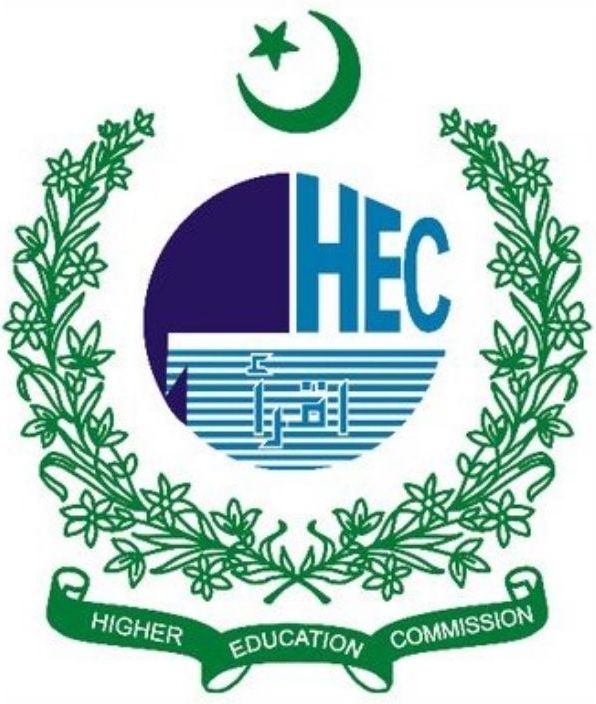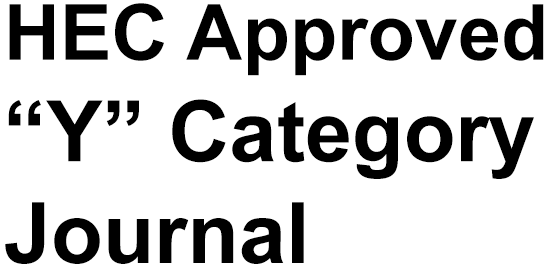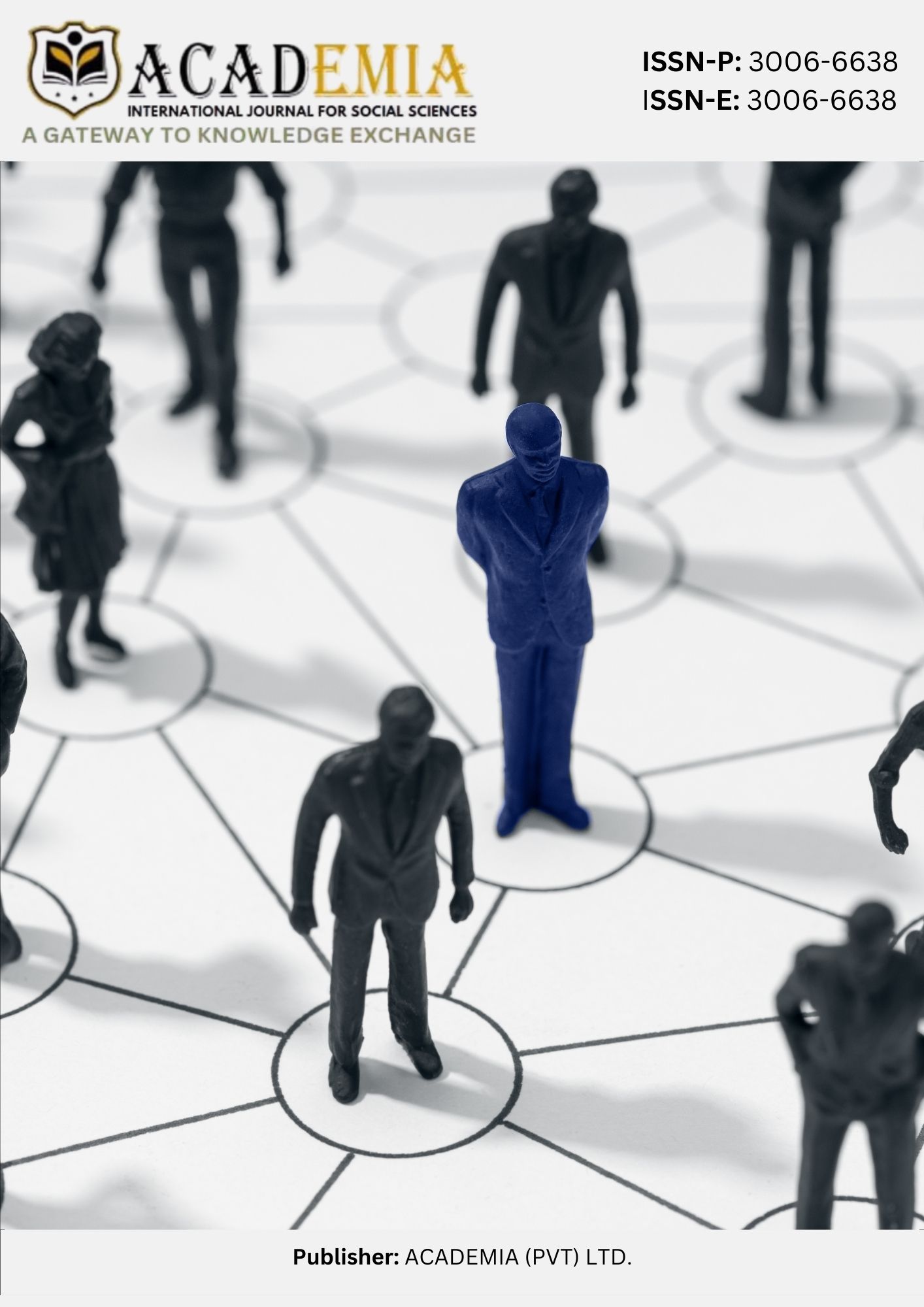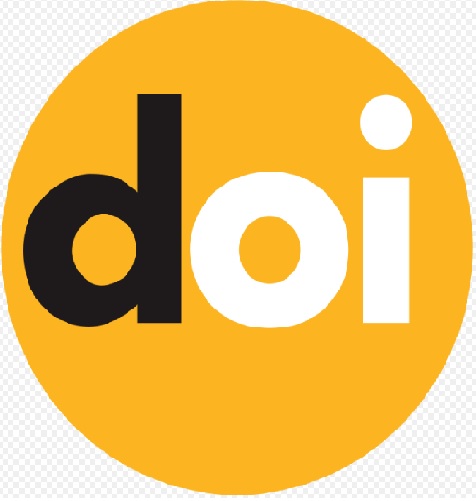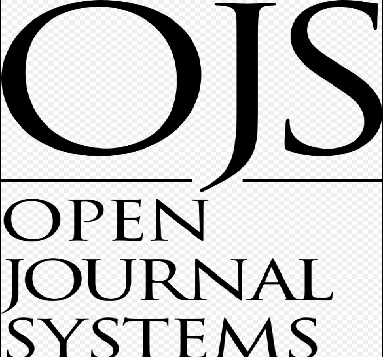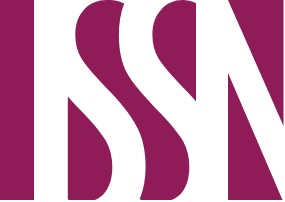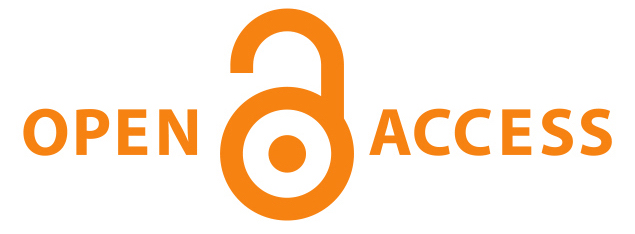Unveiling Suicidality among Adolescents in Chitral: Identifying the Most Affected Age Group
DOI:
https://doi.org/10.63056/ACAD.004.03.0395Keywords:
Adolescents, suicidality , age-groups , ChitralAbstract
Adolescence is a period which is considered critical for beginning of suicidality, yet very limited empirical evidence is provided for how much suicidal risk exists and how much it varies within different age groups. The study aimed to examine the distribution of suicidality risk within adolescence in Chitral, KPK. A cross-sectional study was conducted in lower chitral among 2000 school/college going adolescents aged 12-19 years. The participants were assessed for suicidality risk using suicidal behavior questionnaire – revised (SBQ-R) and the sample was categorized into three group’s early adolescence (12-14 years), middle adolescence (15-16 years) and late adolescence (17-19 years). The data was analyzed using cross-tabs to identify age wise suicidality risk among adolescence in lower chitral. The findings revealed that suicidality risk increased with age. Among which the high risk were the middle adolescence n = 327 (46.8%) then the late adolescence with risk of 42.2% and the least risk was found in early adolescence. Cross-tabs using chi-square test showed statistically significant results (p< .001).Along with that among the middle aged adolescents the most at risk age was 16 years old, results showing that the adolescents from were highest in number for low risk (33.8%) and high risk (26.0%), making 16 years old as the most vulnerable age in Chitral. These findings show that there is a need for age specific mental health intervention in chitral particularly targeting who are more vulnerable to suicidality. This study provides a large scale stratifies empirical evidence of suicidality existing among adolescents in chitral, indicating early interventions for preventive strategies for mental health problems in educational settings or community.
Downloads
Published
Issue
Section
License
Copyright (c) 2025 Mishaal Saleem, Muhammad Rizwan (Author)

This work is licensed under a Creative Commons Attribution 4.0 International License.


